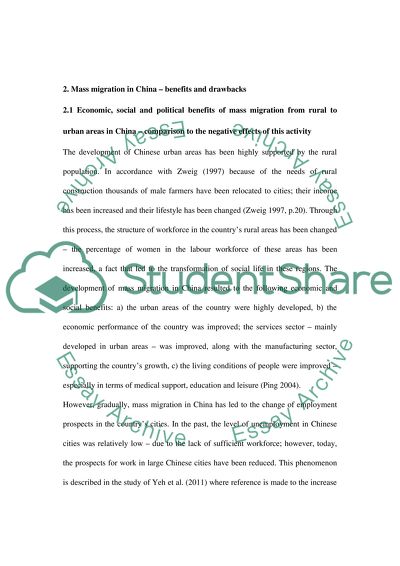Cite this document
(“Mass migration from rural to urban areas Essay Example | Topics and Well Written Essays - 1250 words”, n.d.)
Retrieved from https://studentshare.org/environmental-studies/1431185-mass-migration-from-rural-to-urban-areas-has-led
Retrieved from https://studentshare.org/environmental-studies/1431185-mass-migration-from-rural-to-urban-areas-has-led
(Mass Migration from Rural to Urban Areas Essay Example | Topics and Well Written Essays - 1250 Words)
https://studentshare.org/environmental-studies/1431185-mass-migration-from-rural-to-urban-areas-has-led.
https://studentshare.org/environmental-studies/1431185-mass-migration-from-rural-to-urban-areas-has-led.
“Mass Migration from Rural to Urban Areas Essay Example | Topics and Well Written Essays - 1250 Words”, n.d. https://studentshare.org/environmental-studies/1431185-mass-migration-from-rural-to-urban-areas-has-led.


